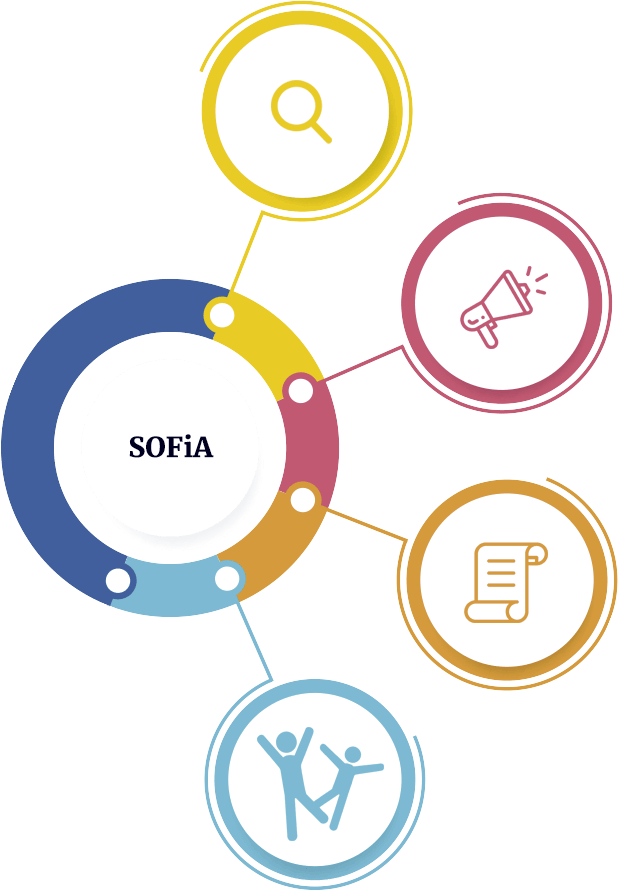A modern malaise
Greg Spearritt casts a jaundiced eye over social media.
In 1964, Canadian academic Marshall McLuhan sparked a global ‘aha moment’ with his view that ‘the medium is the message’ (and, later, the ‘mess age’, ‘mass age’ and ‘massage’). He didn’t live to see social media evolve, but his thinking remains as relevant as ever in our current context.
The medium itself, apart from the content, shapes us. Social media turns us into beings without a filter, able to believe and say (and subsequently do) the most terrible things. If, as Jonathan Swift averred, “Falsehood flies, and truth comes limping after it”, our social media have put falsehood – and malice – into warp drive. Thus do we have a couple of thousand people rioting shortly after a stabbing at a church, attacking police and emergency workers, riled up by rumour and violent images.
Increasingly the social media platforms (Fakebook, X, Instagram, TikTok etc.) are being seen for the insidious scourge that they are. They have, however, embedded themselves so thoroughly into our social fabric, very much like a continually-active herpes virus, that it’s difficult to see how they could ever be removed.
Each platform may be its own kind of message, but what links them all is the message at their core: money. (Profit, of course, is power, so perhaps it’s really power that’s the root of all evil.) The notorious algorithms privilege extreme ideas, images and emotions because that’s catnip for eyeballs, and it successfully drives huge profits for the mega-corporations behind the technology.
Social media did not invent misinformation and venality. What they do is exacerbate existing tendencies to tribal behaviour, feeding on the ways human nature has evolved for survival.
Human evolution has involved truly terrible things. As social beings we took to religion, arguably tribalism par excellence, with a passion. Recent research from across Europe has suggested a common, continent-wide practice of human sacrifice:
Victims are placed on their stomachs with a rope around their ankles and neck, and the weight of their legs slowly strangles them. “It’s really a horror.” … “It’s very cruel – you’re forcing people to strangle themselves.”
Humans, of course, are animals. And the natural world, as we know, is not an overly benevolent place. Hoopoes, for example, in Spain, have better reproductive success when mother birds follow a practice not often associated with motherhood:
Mother birds often snatch unlucky hatchlings and shove them into the mouths of older chicks, who proceed to swallow them whole.
It’s a miracle that, in spite of the war in Gaza, in spite of despots, in spite of racism, homophobia, sexism, ableism and persistent superstition – in spite of all this horrible stuff, we have some societies legislating for and acting on human rights, albeit imperfectly. Disentangling themselves from social media, I fear, however, is an impossible task.
In view of the awful ideas and images that human venality produces with the aid of social media platforms, we expect companies like Fakebook to moderate content. This obligation, however, produces yet more casualties. Trauma and sub-par working conditions, even in first-world America, should surprise no-one.
Can social media be a force for good? I’d argue they can’t. While the content on these platforms can sometimes be positive, the medium itself is irredeemably corrupt. It’s an outworking of unregulated capitalism where greed is good and externalities like social fragmentation are easily ignored by those with power.
What to do, therefore? Lobbying governments to heavily regulate may be worthwhile. As the Australian government is currently finding, though, regulating the rogues is not a simple matter. And it’s merely a fix for content, not a solution to the nature of these media themselves. Greater emphasis on critical thought in education and in public campaigns would surely be beneficial. On a personal level, my choice is simple. To the extent that it’s possible, abstinence is the way to go.
Disclaimer: views represented in SOFiA articles are entirely the view of the respective authors and in no way represent an official SOFiA position. They are intended to stimulate thought, rather than present a final word on any topic.
Photo by Kenny Eliason on Unsplash


